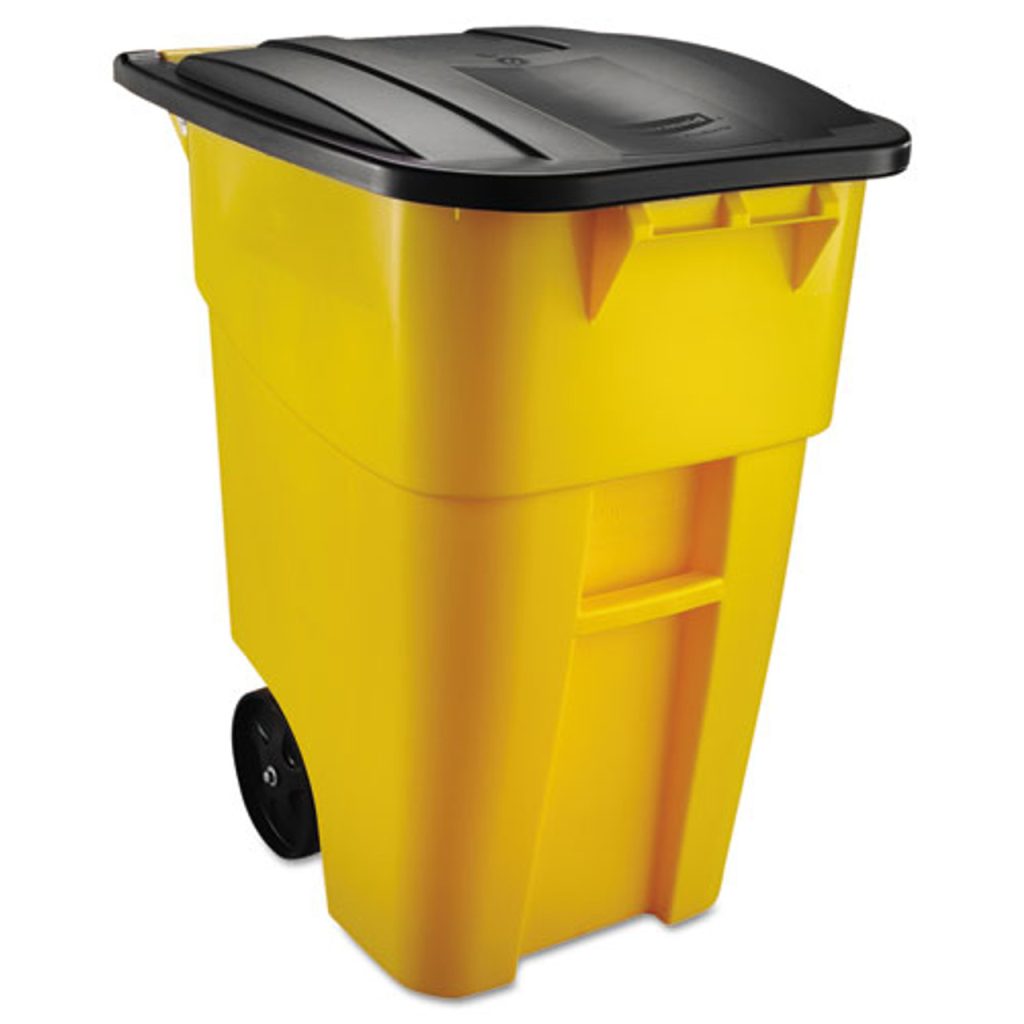Effective odor control in commercial trash cans involves the strategic application of various technologies and techniques designed to mitigate foul odors and maintain a pleasant environment. One of the primary methods employed is the use of liners treated with deodorizing agents. These liners often contain substances like activated charcoal or baking soda, which absorb and neutralize odorous molecules emitted from decomposing waste. By incorporating these liners into trash cans, businesses can significantly reduce the spread of unpleasant smells in their facilities. Another advanced technology utilized in odor control is the incorporation of ozone generators. Ozone, a naturally occurring gas composed of three oxygen atoms, is a powerful oxidizing agent that can break down organic compounds responsible for foul odors. Ozone generators work by producing ozone molecules, which are then circulated within the trash can or surrounding area. This process chemically alters odor-causing molecules, rendering them odorless or less pungent. While effective, careful consideration must be given to ozone levels to ensure they remain within safe and regulatory limits.

Furthermore, some commercial trash cans are equipped with automated lid mechanisms. These lids open and close in response to motion or touch, minimizing the amount of time waste is exposed to the air. By reducing exposure, these lids help prevent the escape of odorous particles into the environment. Additionally, some lids are designed with sealing mechanisms that create a tight closure, further containing odors within the can until it is emptied. Moreover, bacterial treatments have emerged as a natural and environmentally friendly approach to odor control. These treatments involve the use of specially formulated bacteria and enzymes that accelerate the decomposition of organic matter. By breaking down waste more quickly, these treatments reduce the production of odor-causing gases such as hydrogen sulfide and ammonia. They are often applied directly to trash cans or incorporated into liners to provide continuous odor control over extended periods. In addition to technological solutions, proper waste management practices play a crucial role in odor control.
Regular and timely removal of waste from commercial trash cans prevents the accumulation of decomposing materials, which are the primary source of foul odors. Businesses often establish schedules for waste collection based on the volume of waste generated and the specific needs of their facilities. Lastly, ventilation and airflow management around trash storage areas contribute significantly to odor control. Adequate ventilation helps disperse odors and prevent them from concentrating in enclosed spaces. Strategic placement of trash cans near ventilation outlets or windows can facilitate the natural dissipation of odors outdoors, minimizing their impact on indoor air quality. In conclusion, effective odor control in commercial trash cans relies on a combination of advanced technologies and practical techniques. By implementing deodorizing liners, ozone generators, automated lid mechanisms, bacterial treatments, and adopting proper waste management practices, businesses can create a more pleasant and hygienic environment for employees and customers alike. These approaches not only mitigate foul odors but also contribute to overall cleanliness and a positive impression of the establishment.